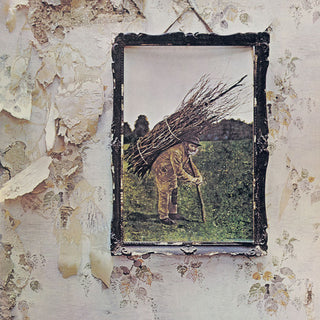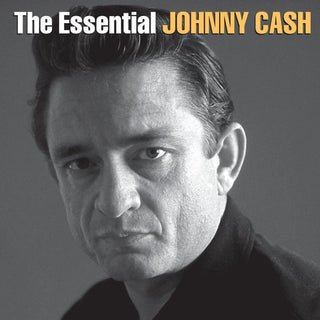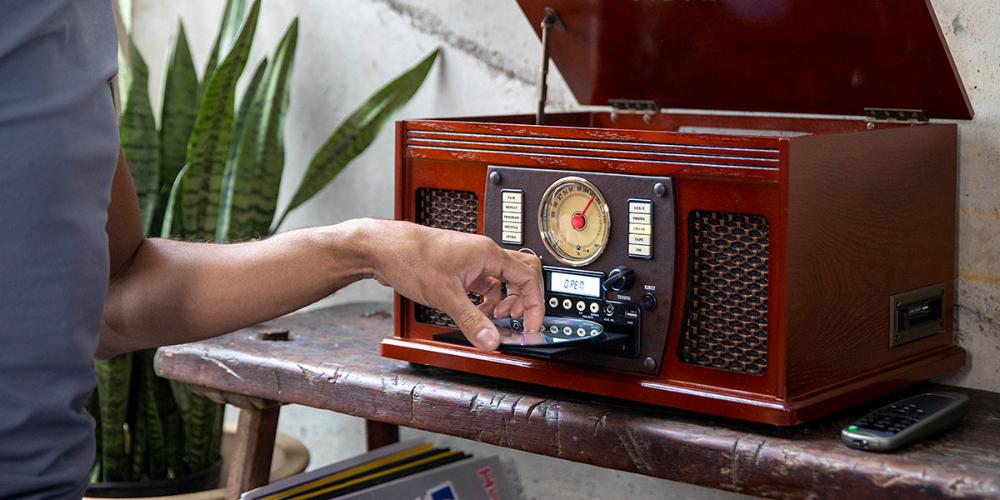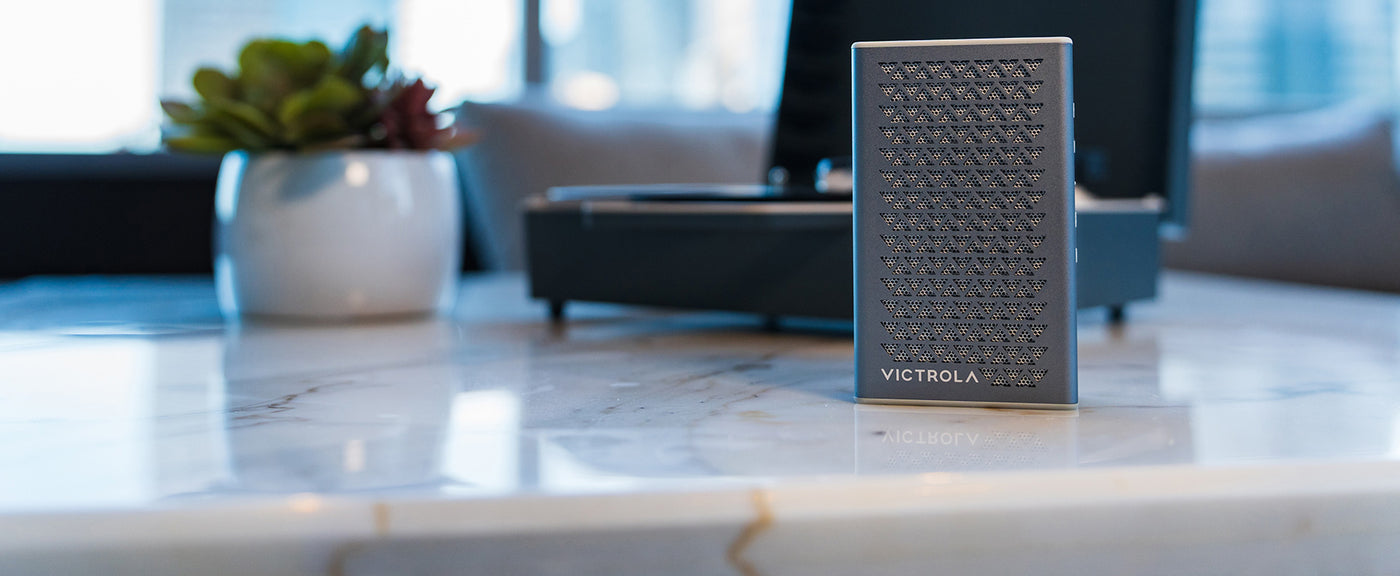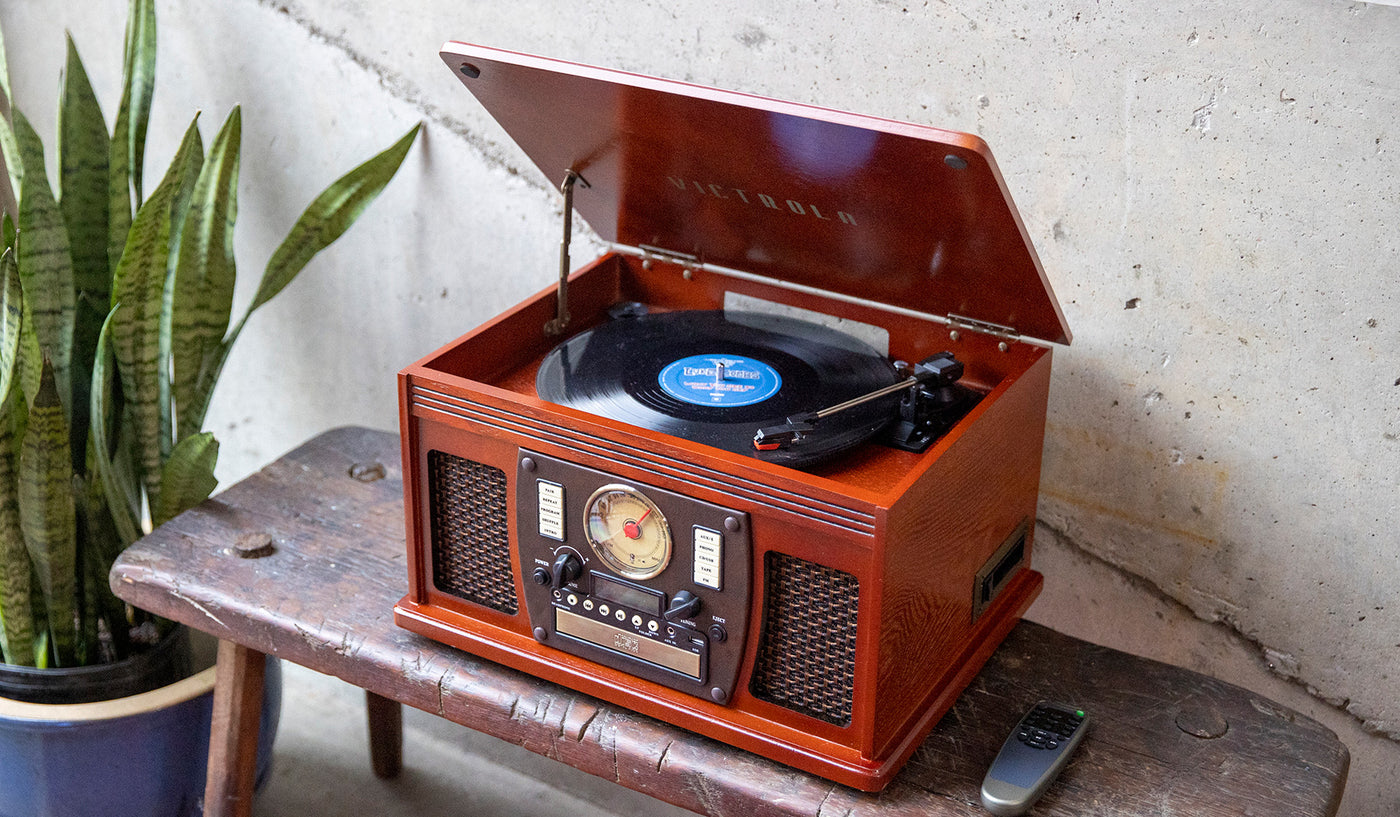How to Replace the Needle on Record Player

How to Replace Needle on Record Player
The music industry is no stranger to the changes in the tides. Coupled with a concern for aesthetics, not only audiophiles, but seekers of quality across the board, are rediscovering the record player—a treasure that for decades was hidden in plain sight. Now, the record player is back and here to stay—but, insert record scratch sound effect, only if you know how to take care of it.
Trial by Fire: Record Player Maintenance 101
Indeed, a record player requires more maintenance than any modern audio replay device. That’s part of its appeal, for the way you engage with it affects the result. Agency breeds responsibility, which in turn inspires involvement—in other words, you get out of it what you put into it.
You have to get to know the device. In this way, record players are more like pets than a water filtering device. Historically, a record player does not have a button that flashes red when a part needs replacing. You must be attuned to your record player’s needs and prepare for required replacements.
The Unavoidable: Needle Replacements
Your record player may be 4 more like a pet than a fridge, but it still is a machine. The most common worst-case scenario is a ruined record from a tired needle, this is the most common maintenance for record player accessories. For this reason, learning how to replace record player needles is necessary to maintain the quality of your record player and music.
The Key Ingredient
Also called the “stylus,” the record player needle is small but mighty. In fact, the entire experience of playing records depends on this little piece of machinery. To understand its importance, a record player owner must be familiar with the general functioning of the whole vinyl picture.
What Does the Needle Do?
The needle reads the grooves that are carved into the record and communicate the music the recording was made of as faithfully as possible. We get the term “analog recording” from this effort to be as close, faithful, or comparable, hence “analogous,” to the unfiltered experience of the musicians or singers’ work.
The needle, or diamond stylus, is a part of the record player cartridge. A cartridge houses all the components that work to translate the information in the record grooves into a signal that can be amplified to produce the music.
The diamond stylus tip, or needle, is the only part of the record player cartridge that makes direct contact with the record.
The etchings on the vinyl transcribe the sound currents of a recording. Like all things in nature, sound has a physical body. Although it remains largely invisible to us, clues to its existence strike us every once in a while. For example, loud music can create patterns or ripples in water.
Moving back and forth along the grooves, the needle generates an electrical signal in the magnetic cartridge, which is housed in the metal arm that holds the needle at its tip. This signal is fed to an amplifier to adjust and adapt it for human ears.
Long story short, if the needle does not pick up the squiggles correctly, the electronic signals will not be accurately fed to the amplifier, speakers, or headphones. The cartridge must first transmute the mechanical energy of sound waves into the electrical energy of signals for the speakers to convert these same electric signals back into sound vibrations.
This conversion of a physical, mechanical energy into electronic signals and vice versa is the work of transducers. As such, both the cartridge and the speakers depend upon the initial correct communication of sound as administered by the needle.
At its essence, it all starts with the needle.
When to Replace a Needle
Prevention is the best medicine, so let’s take a look at what you need to keep an eye on to anticipate and avoid wear and tear.
When You Bring Home A Used Device
A word to the wise: if you have bought your record player second-hand, replace the needle. The average lifespan for a new needle is 500 hours, but it is pretty much impossible to know how old a needle is if you did not introduce it to the record player. The risk is definitely not worth ruining your records. Yes, a needle can be expensive. But you will have to replace this one at some point anyway. May as well do it before it harms your favorite record, no?
When the Music Sounds Funny
When we said to keep an eye on early signs of needle wear, we meant ears. It turns out your ears are more useful when anticipating a needle replacement.
Sound Warps
You may be due for a new needle if you hear any of the following symptomatic abnormalities:
- Distorted sounds
- Pops and crackles
- Muffled high notes
- Mushy cymbals
- Dull vocals
The good news is, as unpleasant as these sounds may be, they are vastly preferable to silence. When a needle is too worn down to play, you risk wrecking your records.
Other Possibilities for Abnormal Audio Replay
Needle replacement is not always the solution. Note that strange sounds could be caused by extraneous factors, such as:
- Disc hygiene
- Suboptimal positioning
Dust, dirt, and grime easily collect on vinyl. Fingerprints, too, will lessen the quality of the record’s output. It is not uncommon for dust to get lodged on the needle itself. Be sure to check, using your eyes this time, if the needle is clogged with collected dust.
You will also want to make sure that the machine is sitting on a flat surface. A record player will suffer from playing at an angle. The turntable must be flat to function, and so since Emile Berliner invented the gramophone in 1877. The flat, rotating table on which the disc is placed was a revolutionizing improvement to Thomas Edison’s cylindrical phonograph—an invention so effective that it has remained unchanged to this day.
How to Replace a Record Player Needle
Unlike turntables, needles have experienced some changes over the years. Unfortunately, these changes have yet to exempt them from wearing out. Replacing them is as important as ever. But before you do anything, unplug your machine.
Identify the Needle Type
Not all needles are appropriate for your machine. Record players come in all shapes and sizes, so you want to make sure you buy the correct needle for your model.
Locate the Serial Number
The easiest way to determine what kind of needle you need is to read the serial number that lines the cartridge. To that end, you will want to make sure that you have an adequate understanding of the parts you are dealing with before getting started.
The two parts you need to be aware of to replace your needle are:
- The needle itself, or stylus
- The needle encasing that must click into the cartridge
Do Your Homework
To know what kind of needle you need, read the manual or the instructions that came with your machine. Replacement protocols should be clearly defined there.
Consult an Audio Replay Equipment Professional
It is a good idea to reach out to a professional if you:
- cannot find the serial number;
- cannot find the required information in the owner’s manual;
- do not have access to an owner’s manual because you purchased a second-hand machine.
Established companies like the legendary Victrola offer a timely technical support portal on their website. They will ask you information on your machine. Be prepared to have answers regarding:
- Model Number
- Detailed Request, in your case, replacement parts or simply "needle."
- Retailer
Ideally, you would also have the receipt of your purchase on hand.
Switch out the Needles
Once you have purchased the correct needle, it is time to rid yourself of the worn one.
Out with the Old
It follows that before you can put in a new needle, you need to take out the used one. In some models, the old needle will be housed in a removable headshell. This is the easiest kind of needle to replace. All you have to do is unscrew the shell to reach the needle.
Generally speaking, you will need to unlock the lever that keeps the metallic tonearm set in place. Gently lift the arm and pull out the needle. Be wary of putting too much pressure on the metal arm.
…In with the New
To avoid confusing one for the other, place the old needle a good distance from the new one. Clean with compressed air spray the now empty spot the new needle is slated to occupy. Insert the new needle with the point facing down, where the record will eventually be.
When you are finished, carefully move the tonearm back to its usual place and plug in your record player.
Testing, Testing
Use one of your least favorite records to check that the needle is correctly placed. Listen for any unusual sounds, such as:
- Skipping
- Scratching
- Popping
Try readjusting the tonearm if the strangeness persists. You may also need to defer to a professional.
Congratulations!
You now know how to replace a needle on a record player. By learning this new skill, you are giving your record player the best chances at aging gracefully. You are also protecting your cherished records and preserving the music. After all, the music is what it’s all about!
Sources
How Stuff Works. “How Record Players Work” retrieved from https://electronics.howstuffworks.com/record-player1.htm
Techwalla. “How to Change a Record Player Needle” retrieved from https://www.techwalla.com/articles/how-to-change-a-record-player-needle
Victrola. “Technical Support” retrieved from https://victrola.com/pages/technical-support


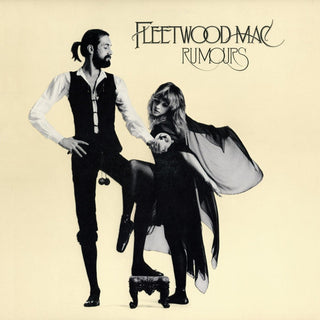
![Taylor Swift: 1989 (Taylor's Version) [2 LP]](http://victrola.com/cdn/shop/files/TaylorSwift1989_fd7f73da-e456-4c7d-b04b-0e6a8101705a_320x320.webp?v=1698248781)
![Taylor Swift: 1989 (Taylor's Version) [2 LP] Image 2](http://victrola.com/cdn/shop/products/4253913-3047151_320x320.jpg?v=1698248781)
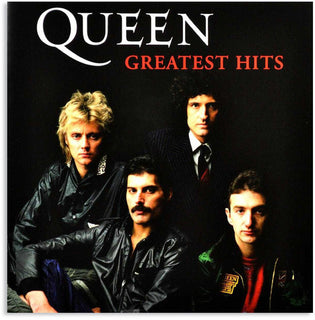
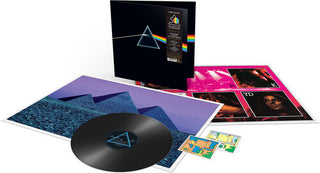
![Bob Marley: Legend [Reissue]](http://victrola.com/cdn/shop/files/1531895_320x320.jpg?v=1695411493)
